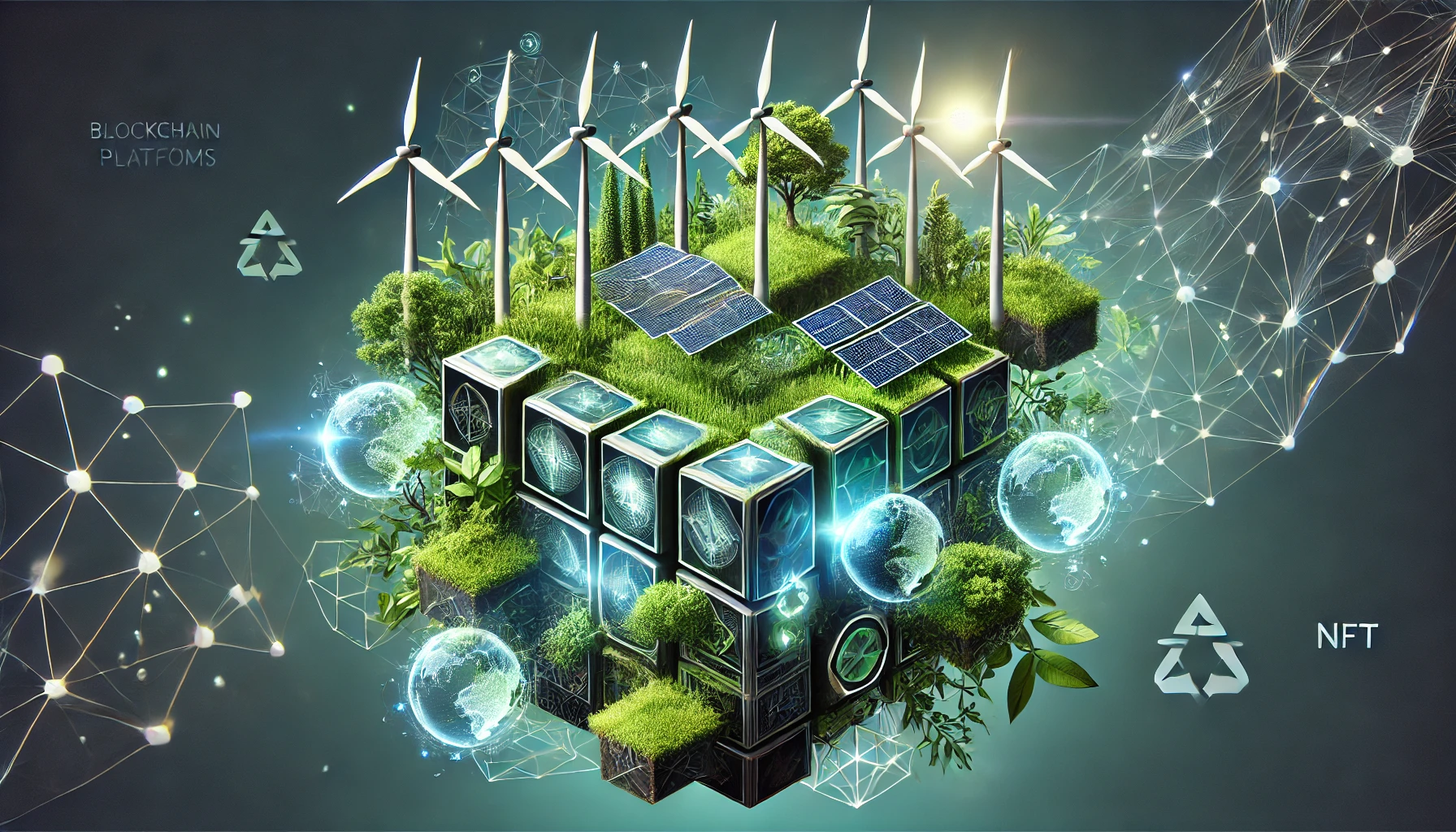Non-fungible tokens (NFTs) have transformed the digital art and collectibles landscape, creating new opportunities for creators and investors alike. However, the rapid growth of the NFT industry has raised significant concerns about its environmental impact. The energy-intensive processes associated with traditional blockchain technologies, such as proof-of-work (PoW) consensus mechanisms, have contributed to substantial carbon emissions. In response, a new wave of eco-friendly NFT platforms is emerging, revolutionizing the way NFTs are minted and traded while prioritizing sustainability.
The Environmental Challenge of NFTs
Minting and trading NFTs on PoW-based blockchains, such as Ethereum prior to its transition to proof-of-stake (PoS), require considerable computational power. This results in high energy consumption and a large carbon footprint, leading to criticism from environmentalists and the broader public. As awareness of climate change grows, so does the demand for more sustainable solutions within the crypto and NFT industries.
Key Advancements in Sustainable NFT Technology
To address these challenges, innovative platforms are embracing eco-friendly practices by leveraging advanced technologies and sustainable energy sources. Here are some notable advancements:
- Energy-Efficient Consensus Mechanisms
- Many platforms are adopting proof-of-stake (PoS) and other low-energy consensus mechanisms, drastically reducing the energy required to validate transactions.
- Examples include Flow and Tezos, which have positioned themselves as greener alternatives to traditional blockchains.
- Integration of Renewable Energy Sources
- Some NFT platforms are actively partnering with renewable energy providers to offset their carbon emissions.
- By utilizing wind, solar, and hydroelectric power, these platforms aim to minimize their environmental impact.
- Carbon Offsetting Initiatives
- Several platforms are implementing carbon offsetting programs, where a portion of transaction fees is allocated to environmental projects such as reforestation or renewable energy development.
- Companies like Aerial and KlimaDAO are leading the charge by integrating carbon credit purchases into NFT marketplaces.
- Layer 2 Scaling Solutions
- Layer 2 technologies, such as Polygon and Immutable X, offer efficient scaling solutions that reduce the load on main blockchains.
- These solutions enable faster and cheaper transactions while significantly lowering energy consumption.
Leading Eco-Friendly NFT Platforms
The following platforms are at the forefront of sustainable NFT technology:
- Tezos
- Tezos is renowned for its energy-efficient PoS protocol, consuming significantly less energy per transaction compared to PoW-based blockchains.
- It has attracted environmentally conscious artists and collectors, making it a popular choice for sustainable NFT projects.
- Flow
- Built by Dapper Labs, Flow is a blockchain designed specifically for NFTs and decentralized applications. Its eco-friendly infrastructure makes it a leader in the space.
- Polygon
- As a Layer 2 scaling solution for Ethereum, Polygon enables low-cost, high-speed transactions while reducing the overall environmental footprint.
- Doubloin
- Doubloin has gained attention for its commitment to sustainability, utilizing renewable energy sources and supporting environmental initiatives.
- The platform’s transparent carbon offset tracking system provides users with real-time insights into their environmental impact.
The Future of Sustainable NFTs
The shift towards eco-friendly NFT platforms signals a broader trend within the blockchain industry. As climate concerns become increasingly pressing, sustainability is no longer optional but essential for widespread adoption. Artists, collectors, and developers are recognizing the importance of aligning their creative pursuits with environmental responsibility.
Innovations in consensus mechanisms, renewable energy integration, and carbon offsetting are paving the way for a greener NFT ecosystem. These advancements not only reduce the environmental impact but also enhance the industry’s reputation and accessibility.
Eco-friendly NFT platforms are setting a new standard for sustainability in the digital asset space. By adopting energy-efficient technologies and prioritizing renewable energy, these platforms are leading the charge towards a more sustainable future for NFTs. As the industry continues to evolve, embracing these advancements will be crucial to balancing innovation with environmental stewardship.
For those looking to participate in the NFT market responsibly, exploring eco-friendly platforms like Tezos, Flow, Polygon, and Doubloin is an excellent starting point. Together, we can ensure that the digital revolution contributes to a sustainable and equitable future.




